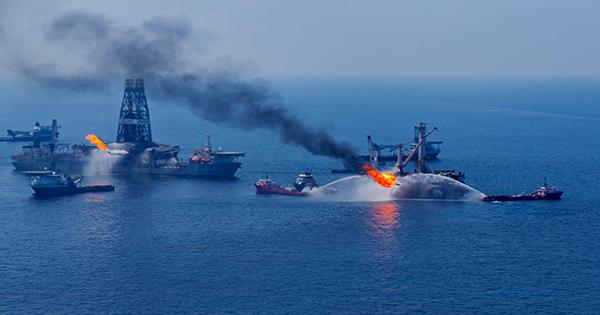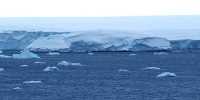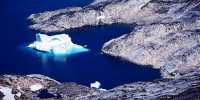Bacterial communities capable of breaking down crude oil and diesel fuel have been discovered in the cool waters of the Canadian Arctic. According to a report published in the Journal of Applied and Environmental Microbiology, the discovery could offer a potential way to help eliminate oil spills and other environmental accidents. Researchers at the University of Calgary in Canada came across bacteria on the shores of the Labrador Sea, part of the North Atlantic Ocean between Labrador Peninsula in eastern Canada and Greenland.
In the lab, the team simulated spraying mini oil into a bottle by mixing sediment from the seabed, artificial seawater, and diesel or crude oil. To mimic the conditions of the Labrador Sea, the water was cooled to 4 ° C (39.2 ° F). Genomic sequencing revealed a variety of bacteria in the bacterium that showed the potential for hydrocarbon biodegradation – including Paraperlucidibaca, Cycloclasticus, and Zhongshania in water.
These bacteria help break down the low concentrations of both diesel and crude oil. In higher concentrations, however, only some diesel was used, which suggests that the bacteria are being affected by the toxicity of crude oil. Importantly, hydrocarbon-feeding capacity was increased if bacteria were “fed” such as nitrogen and phosphorus a concept that could help boost future oil leak cleaning efforts.
Cassie Hubert, co-author and associate professor of the study of Geomicrobiology at the University of Calgary, said in a press release that these bacteria “could represent key players in the response to the spread of Arctic marine oil.” This part of the world ocean will see some big changes in the coming years. In winter and spring, most of the Labrador Sea is covered in ice, but in the event of a weather crisis, this ice time can be shortened and parts of the ocean that are ice-free throughout the year may expand.
Less ice means more opportunities for artwork and sea transport in the area, which will increase the risk of oil and diesel spills. If this dark vision of the future is fruitful, then our knowledge of these oil-chomping bacteria can be even more useful. Dr. These Hubert added, “There is a growing number of works of art related to marine shipping and offshore oil and gas sector operations in this permanently cold water.”















